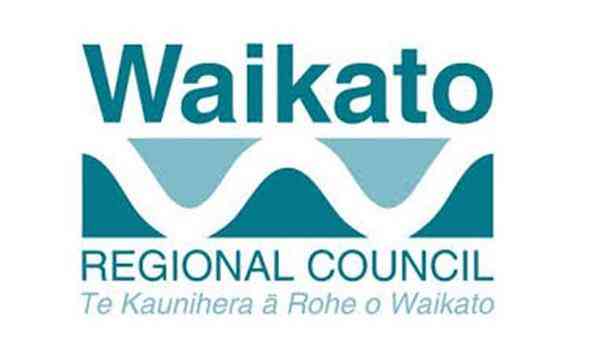Climate change realities addressed by Waikato Regional Council
More severe weather extremes and significant coastal areas that could be affected by sea level rise are two of the key climate change risks for the Waikato region. A new guideline to help respond to those risks has been adopted by Waikato Regional Council.
Regional hazards team leader Rick Liefting says core council functions are all likely to be impacted by climate change.
These include flood scheme maintenance and management, catchment management, biosecurity and biodiversity, freshwater allocation, including discharges to freshwater, drainage and the provision of infrastructure along coastlines
“The climate is changing. While climate change is a natural process, increased greenhouse gas concentrations are projected to exacerbate the drivers of our climate in ways that we will need to respond to.”
While there is uncertainty over exactly what greenhouse gas scenario the world will be heading towards over future decades, the trend of change is “well accepted”, he said.
Mr Liefting said even if significant global action is taken now to reduce greenhouse gas concentrations, a degree of climate change is inevitable in our lifetimes.
“Climate change is often described as the biggest environmental challenge we face. The effects of climate change could carry tough economic and social implications for central government, councils and communities, due to increased risks to settlements, infrastructure and ecosystems from rising seas, storms and flooding.
“Serious consideration needs to be given to the potential future impacts of climate change. Particularly important are managing infrastructure and developments that will need to cope with climate conditions in 50–100 years’ time.”
The new guideline is a high level document that provides a framework for the council’s integrated catchment management (ICM) activities to address projected impacts of climate change.
“The purpose of the document is to assist ICM staff and provide a consistent approach to planning for a changing climate in relation to the many and varied operational activities we deliver,” said Mr Liefting.
The key principles ICM will adopt are based on using robust information from central Government and managing uncertainty on climate change projections. “Managing uncertainty for the future is challenging, so we need to identify and understand the ‘what ifs’ now to be flexible in managing climate change adaptation. Reviewing climate change information and using ‘trigger points’ as part of our design and review process will help us ensure our projects are sustainable for the future.”
Councillors have previously been advised the region is highly exposed to the projected impacts of climate change with, for example:
- more than 800 kilometres of national and local roads within 1.5 metres of current sea levels
- 266 square kilometres of land already below sea level in the Waikato and Hauraki catchments
- in excess of $2 billion of commercial and residential coastal property within one metre of current sea levels.
Also, more severe weather extremes are expected with more frequent dryer (drought) conditions in the north and east and higher intensity rainfall events in the south and west of the region.

